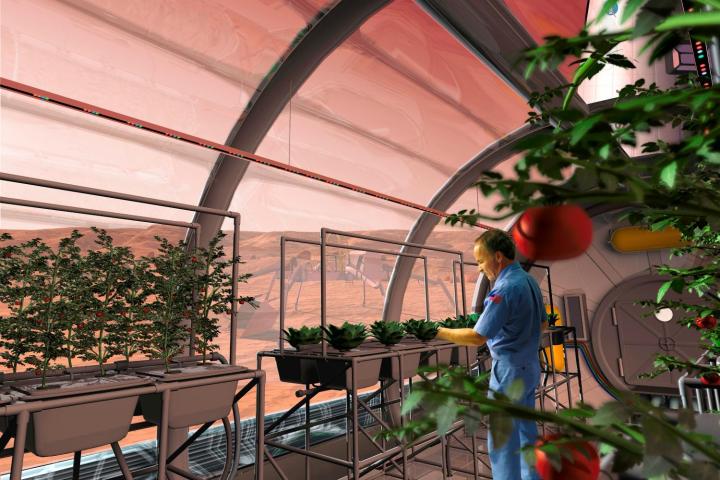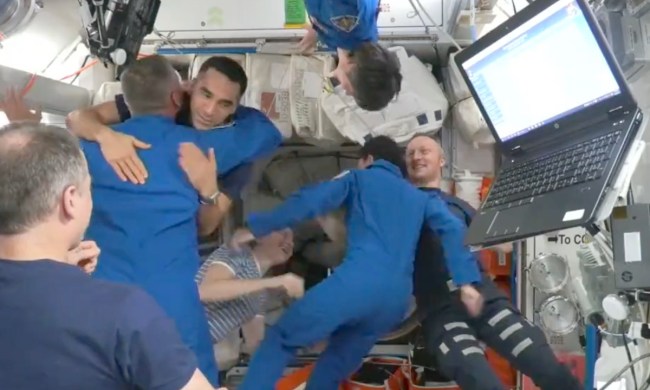
Dubbed Next Space Technologies for Exploration Partnerships-2 (NextSTEP-2), NASA intends to openly field proposals for suitable habitation prototypes as it gears up for the long-awaited Journey to Mars. So far, NASA has already awarded initial contracts to companies like Boeing, Lockheed Martin, Orbital ATK, and Bigelow Aerospace, which is the company that now has an inflatable room attached to the International Space Station.
The announcement should come as no surprise, as Congress recently urged NASA to finish working prototypes of a deep space habitat by 2018. Built into the monumental budget increase Congress doled out to the space agency this year was a strict instruction to spend the roughly $55 million set aside for outer space habitation research. The political bigwigs expect NASA to begin full-fledged cislunar testing of a suitable habitat in the late 2020s before using such a habitat in its ambitious adventure to the red planet.

As mentioned previously, NASA’s already staked itself to a bit of a head start, working with such aerospace agencies as Bigelow and Boeing. During its primary round of studies known similarly as NextSTEP, NASA awarded working contracts to these companies to help create innovative solutions for effective life support systems, in addition to pursuing the development of deep space habitats. All of the conducted research also allows NASA to support private industry commercialization plans for low-Earth orbit.
“NASA is increasingly embracing public-private partnerships to expand capabilities, and opportunities in space,” says Jason Crusan, NASA’s director of Advanced Exploration Systems Division (a sponsor of NextSTEP). “Our NextSTEP partners commit their own corporate resources toward the development – making them a true partner in the spaceflight economy.”
Despite the seemingly crowded field of contractors already angling to create the winning prototype, NASA has expanded the guidelines for its search to include the development of full-size ground habitat prototypes. Similar to the long-duration deep space habitations, the ground unit prototype models are also expected to be completed by no later than 2018. The agency says it’s currently taking notices of intent until May 13 from all interested U.S.-based companies, universities, and non-governmental organizations with official proposals due no later than June 15.


